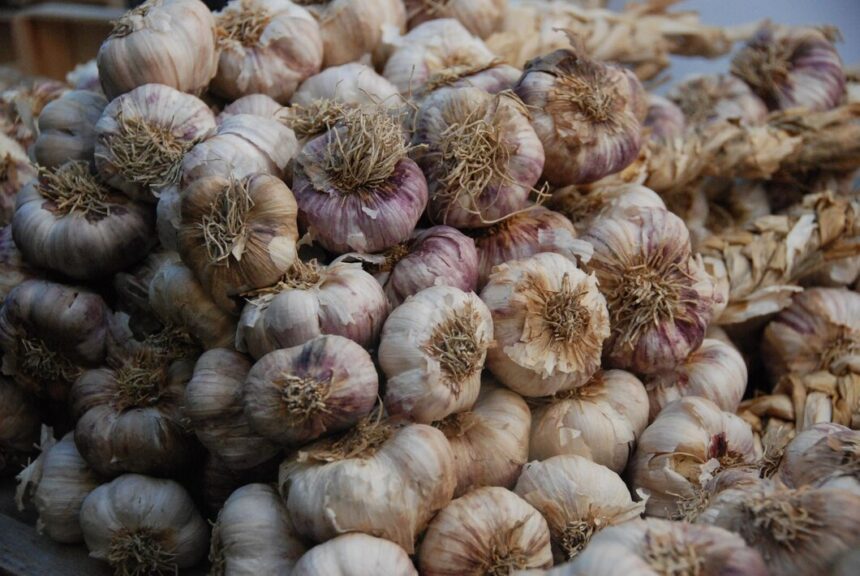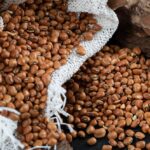Garlic, with its distinctive flavor and numerous health benefits, is a staple ingredient in cuisines around the world. In South Africa, garlic cultivation holds significant potential for both small-scale and commercial farmers. However, achieving optimal quality and yield requires careful attention to cultivation techniques, soil management, and pest control. In this article, we’ll explore some proven techniques for enhancing the quality and yield of garlic in South Africa, empowering farmers to maximize their harvests and profitability.
1. Selecting the Right Varieties:
Choosing the right garlic varieties is essential for achieving high-quality yields. In South Africa, softneck and hardneck garlic are the two main types cultivated. Softneck varieties are well-suited to warmer climates and tend to store better, while hardneck varieties thrive in cooler climates and produce larger cloves. By selecting varieties adapted to local growing conditions, farmers can optimize their chances of success.
2. Proper Soil Preparation:
Garlic thrives in well-drained, fertile soil with a pH level between 6.0 and 7.0. Before planting, it’s essential to prepare the soil by incorporating organic matter such as compost or aged manure to improve soil structure and fertility. Proper soil preparation ensures adequate nutrient availability and promotes healthy root development, leading to robust plant growth and higher yields.
3. Planting at the Right Time:
Timing is crucial when it comes to planting garlic in South Africa. In most regions, garlic is typically planted in late autumn or early winter, allowing the cloves to establish roots before the onset of cold weather. Planting too early can result in premature sprouting, while planting too late may lead to reduced bulb size and yield. Consulting local agricultural extension services or experienced growers can provide valuable insights into the optimal planting times for specific regions.
4. Proper Spacing and Depth:
When planting garlic cloves, spacing and depth are critical factors that can impact yield and quality. Cloves should be planted approximately 5-10 centimeters deep and spaced 10-15 centimeters apart in rows, with rows spaced 20-30 centimeters apart. Proper spacing allows for adequate air circulation and sunlight penetration, reducing the risk of disease and promoting even bulb development.
5. Irrigation and Water Management:
Garlic requires consistent moisture throughout the growing season, particularly during bulb development. Adequate irrigation is essential, especially during dry periods, to ensure optimal growth and yield. However, overwatering should be avoided, as excessive moisture can lead to rot and fungal diseases. Implementing drip irrigation systems or mulching can help conserve soil moisture and reduce water evaporation, improving water efficiency and promoting healthier plants.
6. Nutrient Management:
Garlic is a heavy feeder, requiring ample nutrients for optimal growth and development. Regular soil testing can help determine nutrient deficiencies and guide fertilizer application rates. Generally, garlic benefits from balanced fertilization with nitrogen, phosphorus, and potassium, supplemented with micronutrients such as zinc and boron as needed. Organic fertilizers, such as compost or fish emulsion, can also be used to improve soil fertility and enhance garlic quality.
7. Pest and Disease Management:
Preventing and managing pests and diseases is essential for maintaining garlic quality and yield. Common pests in South Africa include onion thrips, nematodes, and aphids, while diseases such as white rot and garlic rust can pose significant threats to crop health. Implementing integrated pest management strategies, such as crop rotation, sanitation, and the use of resistant varieties, can help minimize pest and disease pressure and reduce the need for chemical interventions.
Enhancing the quality and yield of garlic in South Africa requires a combination of careful planning, proper cultivation techniques, and effective pest and disease management strategies. By selecting suitable varieties, preparing the soil, planting at the right time and depth, implementing proper irrigation and nutrient management practices, and addressing pest and disease pressures, farmers can optimize their garlic production and profitability. With attention to detail and a commitment to best practices, South African garlic growers can unlock the secrets to success and cultivate bountiful harvests year after year.







